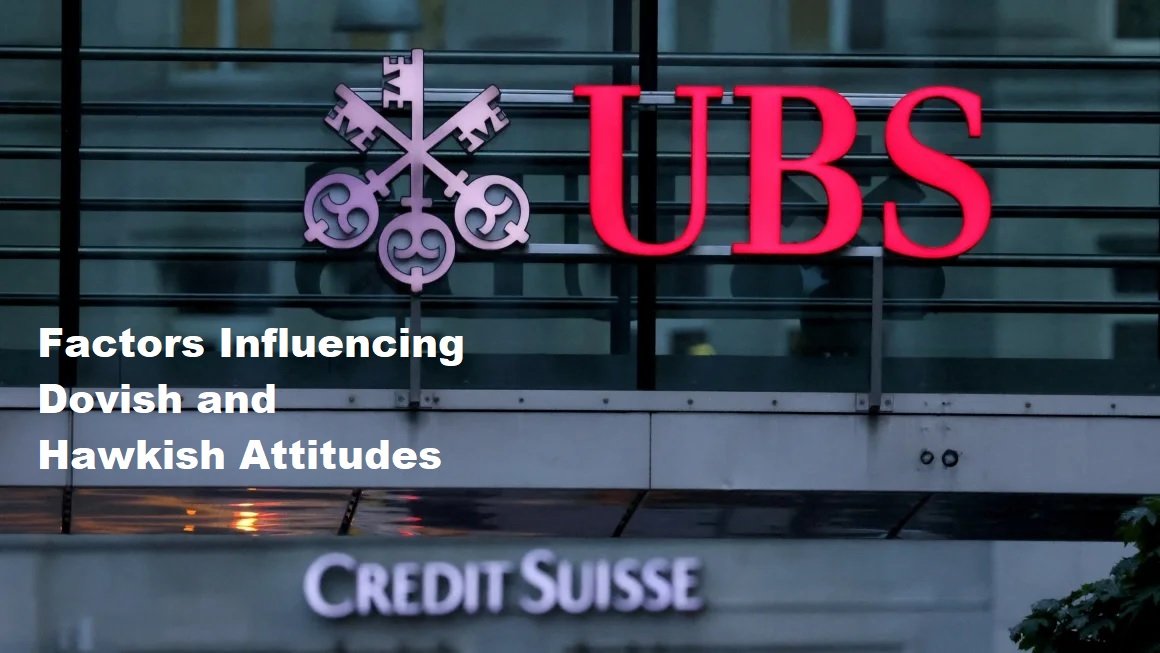Dovish and Hawkish are two terms that are often used in the world of monetary policy by central banks. Both are different approaches in carrying out monetary policy, where there are different goals and focuses in managing the economy. Dovish is more related to policies that are accommodative and expansive, while Hawkish emphasizes policies that are tight and contractionary. Dovish policies are characterized by measures such as lowering interest rates, asset purchases, and reducing capital reserves by commercial banks. The goal of Dovish policy is to overcome economic slowdown or increase growth. If the economy is sluggish or economic growth is low, the central bank will implement dovish monetary policy to maintain economic stability.
In contrast, Hawkish Policies include steps such as raising interest rates, selling assets, and increasing capital reserves by commercial banks. The aim of Hawkish policy is to control inflation or reduce excessive economic growth. When inflation starts to creep up or economic growth is deemed too fast, the central bank will implement hawkish monetary policy to maintain economic balance. Overall, the choice between Dovish or Hawkish monetary policy really depends on current economic conditions and future projections. The central bank must consider various factors such as inflation, gross domestic product (GDP) growth, unemployment rate, and other economic indicators. The right choice between Dovish and Hawkish will ensure the economy remains stable and encourage healthy and sustainable economic growth.
Factors Influencing Dovish and Hawkish Attitudes
Economic growth is an important factor influencing dovish and hawkish attitudes in monetary policy. High economic growth indicates that the economy is developing well, so policymakers are more likely to adopt a hawkish stance by raising interest rates to control inflation. Conversely, low economic growth may cause policymakers to take a dovish position by lowering interest rates to stimulate growth and investment.
The inflation rate also plays a big role in determining the dovish or hawkish stance of the monetary authorities. High inflation causes people’s purchasing power to decrease, which in the end can affect overall economic growth. To overcome high inflation, monetary authorities usually tend to implement hawkish policies by raising interest rates, to reduce demand and stabilize prices. However, if inflation is too low, dovish policies will usually be taken to increase money supply and encourage economic growth.
The unemployment rate is an important indicator of social welfare in the economy. If the unemployment rate is high, policymakers tend to take a dovish stance by stimulating economic growth through lowering interest rates, thereby creating new jobs. Conversely, if the unemployment rate is low, monetary authorities may take a hawkish position to prevent the economy from growing too fast and leading to inflation.
Currency exchange rate stability is also a consideration in determining a dovish or hawkish stance in monetary policy. A stable currency exchange rate reflects investor confidence in a country’s economy, and can help maintain price stability and international trade. If currency exchange rates experience significant fluctuations, monetary authorities need to adjust their policies by becoming hawkish or dovish depending on the situation at hand. For example, if the currency exchange rate depreciates significantly, monetary authorities may take a hawkish stance by raising interest rates to maintain the exchange rate and attract foreign investment. However, if the currency exchange rate appreciates too much, the authorities may take a dovish stance by lowering interest rates to encourage exports and maintain trade balance.
Examples of Dovish and Hawkish Policies in Practice
Dovish and hawkish policies are two different approaches taken by central banks to control a country’s economic conditions. Dovish policies tend to be more accommodative for economic growth, while hawkish policies focus more on controlling inflation. The following will explain examples of the implementation of dovish and hawkish policies by central banks in practice. Dovish policies usually involve measures such as lowering benchmark interest rates and implementing quantitative easing. A famous example of dovish policy is the action taken by the US Federal Reserve (The Fed) during the 2008 financial crisis. During that time, the Fed lowered its benchmark interest rate to almost zero and carried out a quantitative easing (QE) program to flood the market with liquidity. The aim of this policy was to increase consumer spending and investment, thereby stimulating economic growth which was depressed at the time.
On the other hand, hawkish policy means the central bank takes monetary tightening steps such as raising the benchmark interest rate or reducing monetary stimulus. An example is the steps taken by the European Central Bank (ECB) in 2011. At that time, the ECB raised its benchmark interest rate in line with the increasing level of inflation in the European region. This increase in interest rates is intended to control inflation by reducing demand for credit and curbing consumer spending and investment. In short, dovish and hawkish policies are two complementary approaches in dealing with various economic conditions. Dovish policies tend to be adopted in times of recession or slow economic growth, while hawkish policies are usually adopted when inflation becomes a threat to economic stability. Central bank decisions regarding policy options depend on an analysis of the economic situation in the country as well as various external factors that can influence global conditions.
Impact of Dovish and Hawkish Decisions on Financial Markets
The impact of dovish policies on financial markets is often seen in the form of interest rate cuts by central banks. This policy was implemented to stimulate the economy by providing liquidity that is cheaper and easier for market players to obtain. This reduction in interest rates will in turn create favorable conditions for companies to obtain funding and bank customers to take out credit. As a result of lower interest rates due to dovish policies, the stock market will experience strengthening. This is caused by investors who are more interested in allocating their capital into shares, because low interest rates make investing in debt instruments no longer attractive. This strengthening of the stock market can also increase investors’ wealth, so they tend to increase consumption and invest further in the economy.
Meanwhile, the hawkish impact on financial markets is generally manifested through interest rate increases by central banks. This hawkish policy aims to reduce inflation and maintain currency exchange rate stability. Therefore, an increase in interest rates will have a negative impact on the stock market, because company funding costs become more expensive and some investments become less profitable. Additionally, hawkish policies will result in currency strengthening. In conditions of high interest rates, international investors will be more interested in allocating their funds to domestic debt instruments, because they produce higher yields. This flow of foreign capital will increase demand for domestic currency, thereby causing a strengthening of the currency exchange rate. However, although currency strengthening has advantages in terms of exchange rate stability and lower inflation, the negative impact is that exports become less competitive because prices are relatively more expensive.









